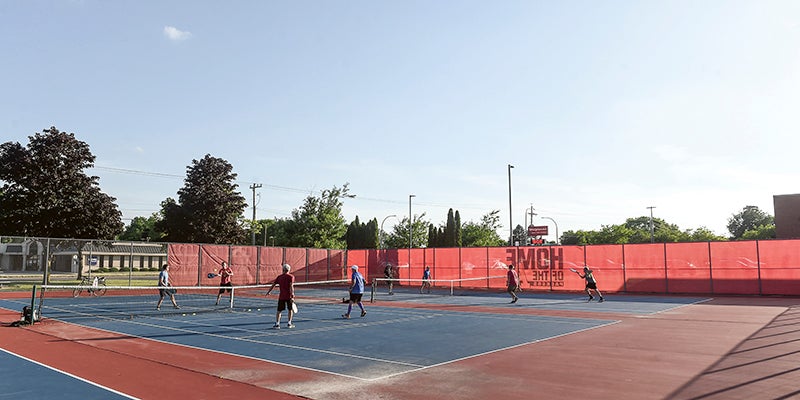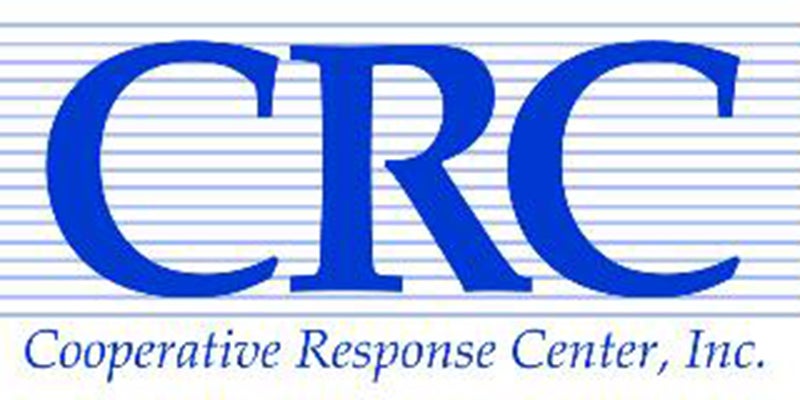Grading system judges life skills
Published 8:07 am Tuesday, September 21, 2010
Grades slide on a different slope at Ellis Middle School this year.
From this year on, Ellis Middle School will use a new school-wide grading system, called Grading For Learning, that’s a radical departure from standard grading. By doing things like dividing grades into two separate categories and marginalizing homework (now called practice at Ellis), Ellis officials hope to more accurately show how well a student understands subjects they learn at school.
“K-12 education has some substantial obstacles to overcome,” said Katie Berglund, Ellis’s principal.
The grading system shift started in 2008, after middle school math teachers Curtis Bartlett and Eric Harder took a master’s course where they had to analyze an education book as a group project. The book, by education scholar Ken O’Connor, talked about grade inflation and how teachers could grade in a way that better shows how well a student is learning in the classroom.
Persuaded by the lessons that O’Connor championed, Bartlett and Harder decided to use several different grading strategies in their classes for the 2008-09 school year.
Accurate grading improved within the school year, according to Bartlett, as when teachers got the chance to examine state comprehensive test scores for eighth grade math, they, “saw some things (they) really liked.”
Before the 2008-09 school year, Ellis officials would map the scores of all the eighth-graders who took state comprehensive tests in math and see how good their grades were. Before Bartlett and Harder’s grade changes, Ellis officials would see a sizable amount of students who didn’t have great math grades do well on the state exams. In contrast, there would also be some students who had very good math grades who were scoring badly on the same state tests.
This presented a problem for school officials, as schools across the Austin Public School district (and across the state) are struggling to identify what they need kids to work on in order to get students passing state comprehensive testing, making standards and protecting education funding which shrinks every year.
That changed with Bartlett and Harder’s new grading criteria. State comprehensive test scores for 2008-09 showed a large decrease in the amount of kids who didn’t do well in class but did well on the test, and vice versa. It worked so well, in fact, that a new grading system was developed for the entire eighth grade last year.
Some of the grading changes made included splitting up a student’s class grade into two components: a knowledge grade and a life skills grade. Under the knowledge grade, students would still receive an A-F grade at the end of every quarter. The life skills grade, in effect, showed how responsible eighth-graders were in turning in their homework (or practice work) on time, how prepared they were for class, how well they treated others and how much they participated in class.
This grade splitting brought big changes for eighth graders. Homework (which Ellis officials will soon refer to entirely as practice work) was no longer counted as part of a student’s knowledge grade. Instead, it was viewed as practice for an upcoming test.
“We didn’t want to penalize students from screwing up in practice,” Bartlett said. “We wanted to allow them to fix those mistakes.”
Students would still be graded on whether they brought in all their work on time, however. Teachers encouraged students to turn in their home (practice) work, using analogies to show students that they wouldn’t do well if they didn’t at least practice what they learned.
“We used the music analogy: If you don’t practice, when you come to the concert, you’re not going to be able to perform,” said Lisa Glynn, an eighth grade social studies teacher who helped put together the grading system last year.
The grading system went school-wide this year, as teachers liked how well grades were reflecting what students actually learned in class.
According to Bartlett, the grading system was chosen by teachers alone.
“It had nothing to do with administration forcing us in one direction,” he said. “It was just completely initiated by teachers.”
Knowledge grades and life skills grades are still kept separate, with two report cards instead of one sent out to parents every quarter to show each set of grades.
There are several tweaks to the system that may cause concern. Homework (practice work) now counts for 10 percent of a student’s knowledge grade, something that, surprisingly, worries teachers.
“The thing that I think we’re going to miss the most is that kids did not cheat, overall,” Glynn said, talking about how honest kids were on their homework last year. “It didn’t matter because it didn’t penalize their grade.”
Extra credit will no longer be offered in classes, either, as it only inflates grades, according to Berglund. In addition, students who are caught plagiarizing or cheating will no longer result in a zero-tolerance policy, as academic dishonesty will be dealt with using “behavioral consequences.” This means, in effect, that punishments for cheating or plagiarizing work may be less severe than in the past, as teachers will determine what outcome a student’s dishonesty will take.
Other changes, such as readjusting a failing grade lower than 50 percent to an even 50 percent, are designed to ensure students have an easier time working to pass a class they may have done poorly on. There will also be more assessments throughout the year so that Ellis officials and teachers can better gauge how students are progressing.
“We want students to be more concerned about their learning than their grade,” Berglund said.
While education and grading standards constantly change in schools, Grading For Learning looks to be in the district for the long haul. Ninth-graders at Austin High School are being graded using the grading system, albeit with a few tweaks. It could spread district-wide if given enough time, but it won’t be without its kinks. As Berglund told parents during a meeting about the new grading system Monday night, it’s going to take a while to make a change this big.
“I told teachers, ‘It’s a five-year process,’” Berglund said at the meeting.





